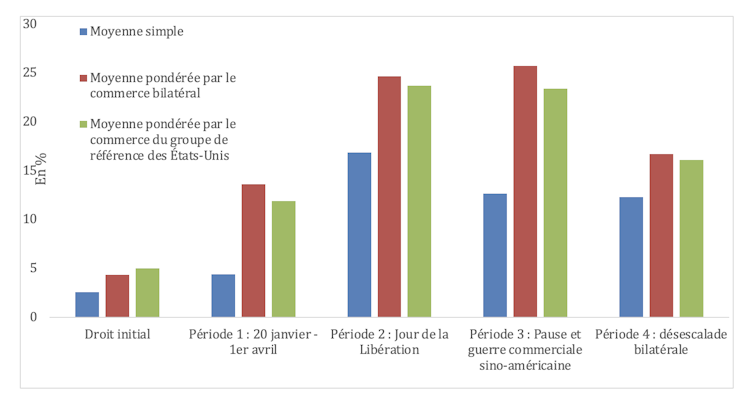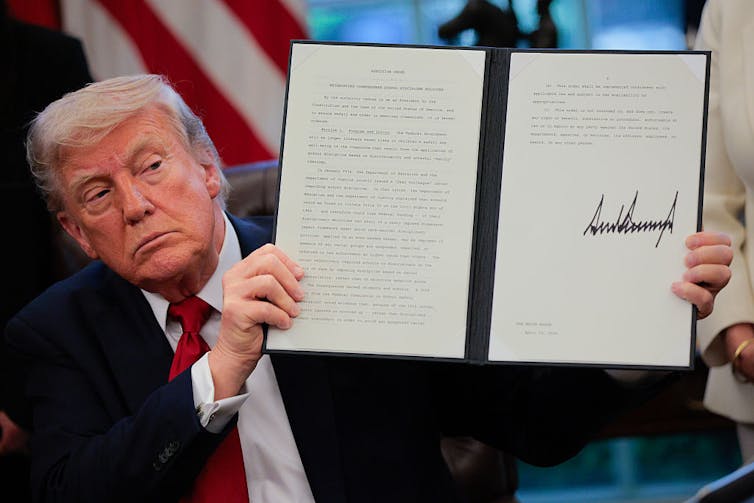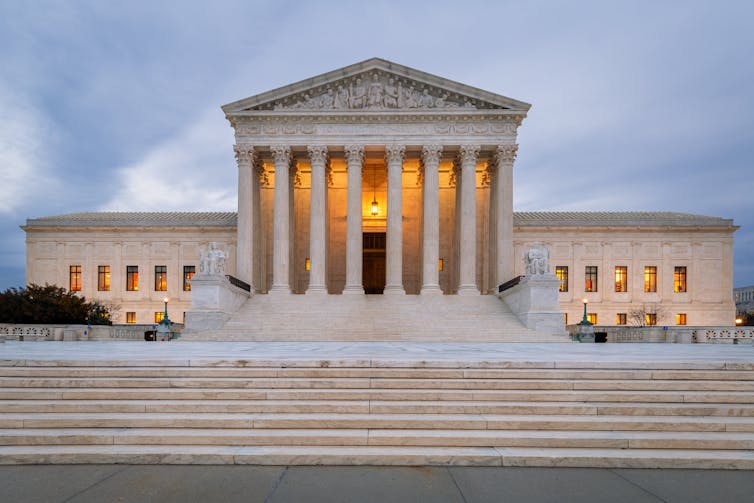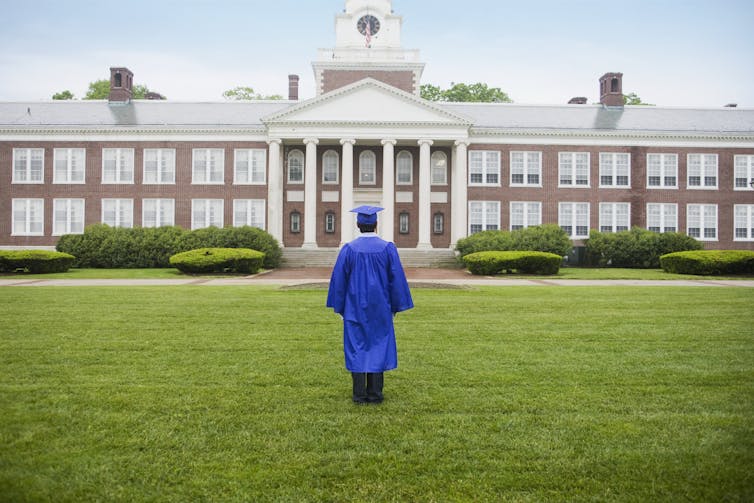Source: The Conversation – USA (2) – By Hatim Sharif, Professor of Civil and Environmental Engineering, The University of Texas at San Antonio
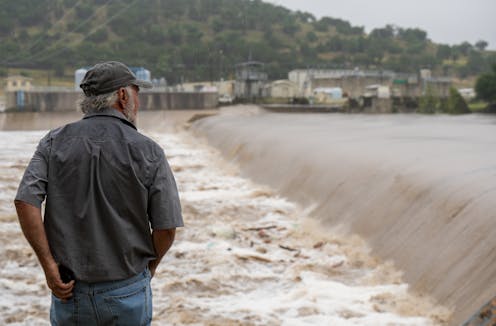
Texas Hill Country is known for its landscapes, with shallow rivers winding among hills and through rugged valleys. But that geography also makes it one of the deadliest places in the U.S. for flash flooding.
In the early hours of July 4, 2025, a rush of flood water swept through an area dotted with summer camps and small towns about 70 miles west of San Antonio. At least 27 people died, and about two dozen girls from one camp and other people in the area were still unaccounted for the following morning, officials said. More than 200 people had to be rescued.
The flooding began as many flash floods in this region do, with a heavy downpour that sent water sheeting off the hillsides into creeks. The creeks poured into the Guadalupe River. Around 3 a.m. on July 4, National Weather Service data shows the river was rising about 1 foot every 5 minutes near the camp. By 4:30 a.m., the water had risen more than 20 feet.
Flood expert Hatim Sharif, a hydrologist and civil engineer at the University of Texas at San Antonio, explains what makes this part of the country, known as Flash Flood Alley, so dangerous.
What makes Hill Country so prone to flooding?
Texas as a whole leads the nation in flood deaths, and by a wide margin. A colleague and I analyzed data from 1959 to 2019 and found 1,069 people had died in flooding in Texas over those six decades. The next highest total was in Louisiana, with 693.
Many of those flood deaths have been in Hill County, an area known as Flash Flood Alley. It’s a crescent of land that curves from near Dallas down to San Antonio and then westward.
The hills are steep, and the water moves quickly when it floods. This is a semi-arid area with soils that don’t soak up much water, so the water sheets off quickly and the shallow creeks can rise fast.
When those creeks converge on a river, they can create a wall of water that wipes out homes and washes away cars and, unfortunately, anyone in its path.
Hill Country has seen some devastating flash floods. In 1987, heavy rain in western Kerr County quickly flooded the Guadalupe River, triggering a flash flood similar to the one in 2025. Ten teenagers being evacuated from a camp died in the rushing water.
San Antonio, considered the gateway to Hill Country, was hit with another flash flood on June 12, 2025, that killed 13 people whose cars were swept away when they drove into high water from a flooding creek near an interstate ramp in the early morning.
Why does the region get such strong downpours?
One reason Hill Country gets powerful downpours is the Balcones Escarpment.
The escarpment is a line of cliffs and steep hills created by a geologic fault. When warm air from the Gulf rushes up the escarpment, it condenses and can dump a lot of moisture. That water flows down the hills quickly, from many different directions, filling streams and rivers below.
As temperature rise, the warmer atmosphere can hold more moisture, increasing the downpour and flood risk.
The same effect can contribute to flash flooding in San Antonio, where the large amount of paved land and lack of updated drainage to control runoff adds to the risk.
What can be done to improve flash flood safety?
First, it’s important for people to understand why flash flooding happens and just how fast the water can rise and flow. In many arid areas, dry or shallow creeks can quickly fill up with fast-moving water and become deadly. So people should be aware of the risks and pay attention to the weather.
Improving flood forecasting, with more detailed models of the physics and water velocity at different locations, can also help.
Probabilistic forecasting, for example, can provide a range of rainfall scenarios, enabling authorities to prepare for worst-case scenarios. A scientific framework linking rainfall forecasts to the local impacts, such as streamflow, flood depth and water velocity, could also help decision-makers implement timely evacuations or road closures.
Education is particularly essential for drivers. One to two feet of moving water can wash away a car. People may think their trucks and SUVs can go through anything, but fast-moving water can flip a truck and carry it away.
Officials can also do more to barricade roads when the flood risk is high to prevent people from driving into harm’s way. We found that 58% of the flood deaths in Texas over the past six decades involved vehicles.
The storm on June 12 in San Antonio was an example. It was early morning, and drivers has poor visibility. Cars drove into floodwater without seeing the risk until it was too late.
![]()
Hatim Sharif does not work for, consult, own shares in or receive funding from any company or organization that would benefit from this article, and has disclosed no relevant affiliations beyond their academic appointment.
– ref. Why Texas Hill Country, where a devastating flood killed dozens, is one of the deadliest places in the US for flash flooding – https://theconversation.com/why-texas-hill-country-where-a-devastating-flood-killed-dozens-is-one-of-the-deadliest-places-in-the-us-for-flash-flooding-260555

